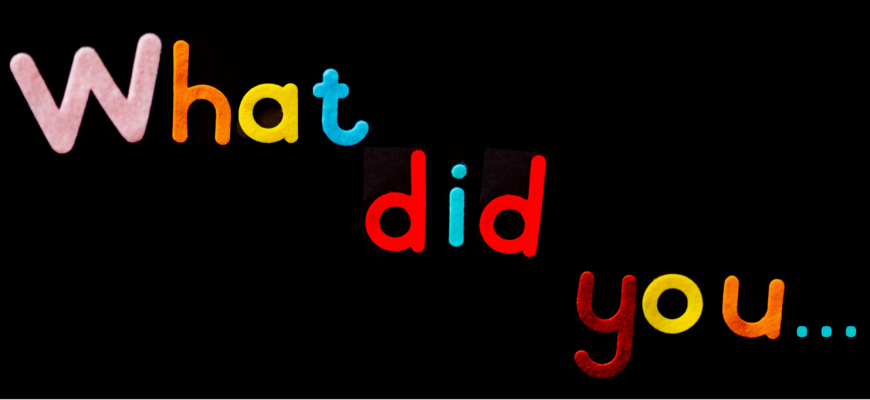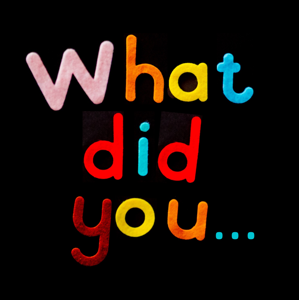Let’s start at the beginning, with the child who is trying to get their thoughts and ideas onto the page in the written form.
For children who struggle with literacy, this can be a real challenge.
Forget about: nouns, verbs, adverbs or adjectives, to get started children need to know what a complete sentence is.
What makes a sentence complete or incomplete?
When a sentence is incomplete, it invariably leaves us wondering; what is going on in the story or leaves us asking a question.
To determine if a sentence is complete, look at it in isolation and ask the following questions;
- Is it a complete idea?
- Does it make sense?
- Does it leave us asking a question?
Here are some examples of complete sentences and I’ll explain why they are complete.
We know there is a dog and it sat on a log. It’s a complete idea, and it makes sense. It’s a complete sentence.
We know there is a lady. We know she has a moustache (who knows why) and that it’s ginger in colour. This is also a complete sentence.
There is a surfer, I can see them, and they are on a wave. It is a complete idea, and it makes sense when we read it.
You can hear that I am talking about my car, its white and it has a broken tail light. It’s a complete sentence.
This is a complete sentence, in fact, it’s asking a question. Here I am asking you to come to swim in my pool.
You can use these or make up your own sentences to create a game. Ask your child or students to determine if a sentence is complete or incomplete.
Come up with some crazy sentences and have some fun.
Now let’s look at some incomplete sentences.
This sentence leaves you wondering! It leaves you asking; sat what? Don’t you want to know what was by the shed? I do! This sentence is not complete.
What happened to him when he flew past? It leaves you asking.
When, what, why do dogs run North? There could be all sorts of reasons, but I don’t know which one because the sentence is incomplete. This sentence was never finished.
What had happened to horse’s back hoof? You can see a child would be asking just like we are, what was going on with the horse’s back hoof. We are asking a question, so it’s an incomplete sentence.
She what? Again, we are left asking a question, what did she do? I’d like to think she went on a mad shopping spree, but we’ll never know because the sentence is incomplete.
What did Andrew pick? Did Andrew pick his nose, his skin or a pimple? We don’t know what Andrew picked because the sentence was never finished.
I hope this gives you some ideas on how to teach children if a sentence is complete or incomplete.
Remember if a sentence is complete, it must have a complete idea and make sense when read in isolation. An incomplete sentence will leave you asking a question.
Do you like the way I broke writing complete sentences into the first step in a series of steps? Today we just covered how to identify whether a sentence was incomplete or complete.
Breaking learning into small, easily understood steps makes learning easier to understand particularly for the struggling learner.
Does your child need help with literacy and are you searching for a way to help them?
You can watch a webinar here on the Speech to Spelling Code™.
Click on the link here to find out more.



















